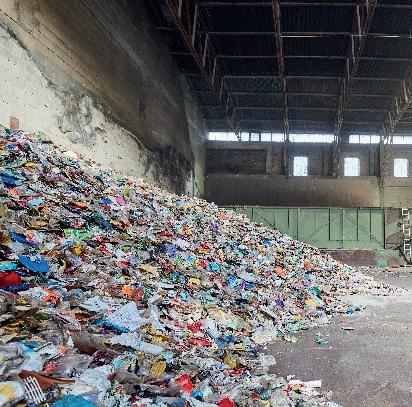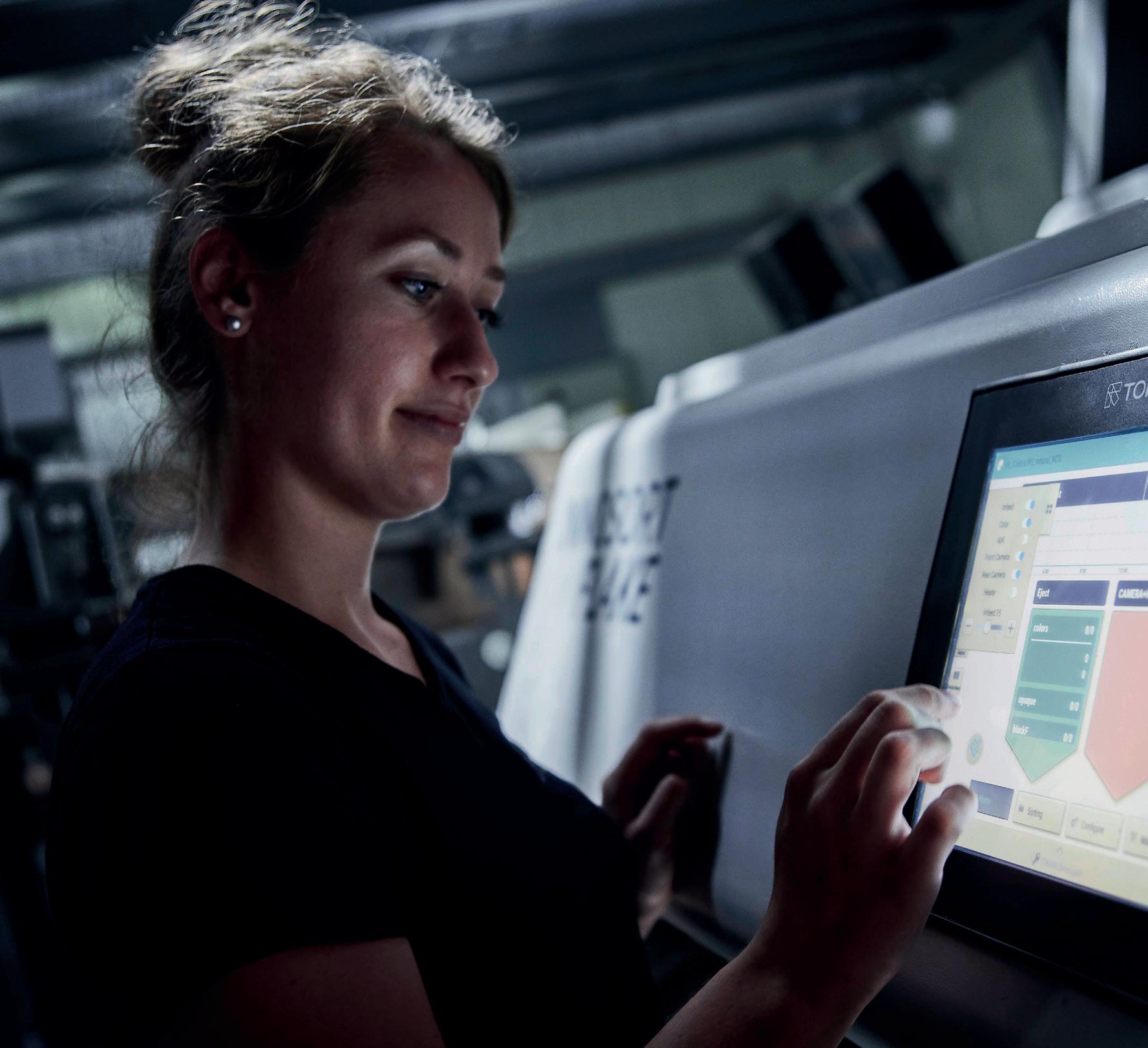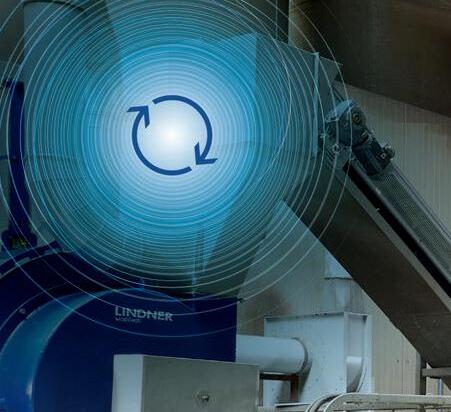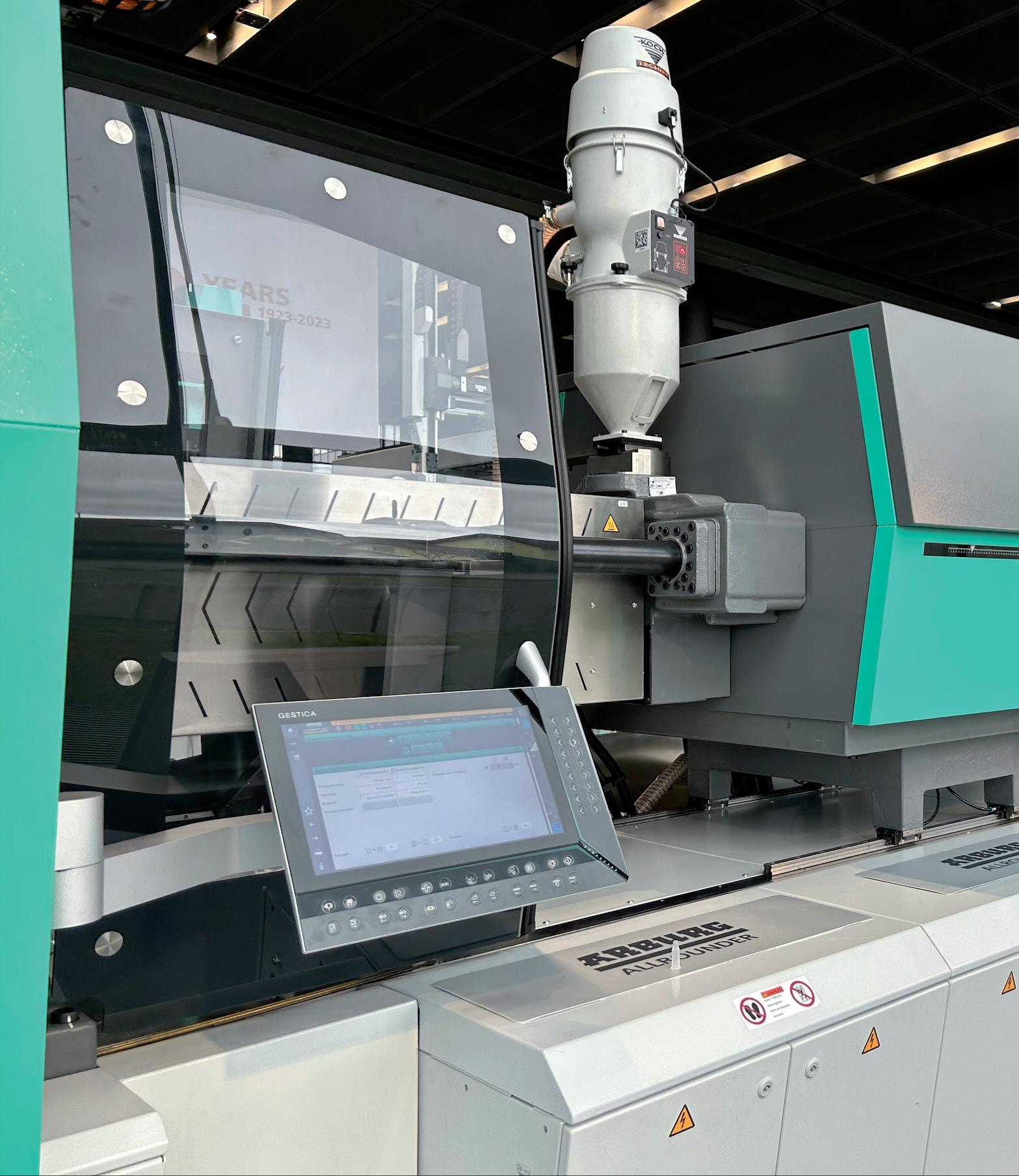
1 minute read
Raman spectroscopy: the new standard compositional analysis of polymers
from BP&R Mar 23
Many large chemical facilities have an internal testing laboratory to manage the analysis of polymers for use in a wide variety of materials and products. If this option is not available, operators can send samples to external, third-party labs for ondemand analysis. The analytical data is critical for operators to make informed decisions regarding product quality, infrastructure protection, regulatory compliance, and other key factors that ultimately impact profitability.
Chemours is a chemistry company which produces materials that help firms solve challenging problems related to polymers, pigments, and cooling fluids. The company continually develops new polymer materials and new applications for existing materials. This requires measuring properties of the materials to ensure proper function. Consequently, during production the company measures its process to maintain tight control, according to Troy Francisco, Technology Manager, Chemours Discovery Hub, and team leader for the leveraged analytical group and the process analysis group.
“We provide measurements and analysis for R&D, to evaluate our processing, and to ensure we are being good stewards of our environment – and effectively using Raman spectroscopy is essential in these efforts,” said Francisco.
Raman Spectroscopy
Raman spectroscopy is a laser-based optical analysis technique used to measure composition through the vibrational properties of molecules. Samples are collected using a 785nm excitation laser and a contact probe that produces a unique spectral fingerprint that identifies the chemical composition and molecular structure. The distribution of the spectral peaks describes the molecule’s composition, while the signal intensity correlates linearly with concentration.
Since its discovery in the 1920s, Raman spectroscopy has revolutionized process analysis with its nondestructive mode of operation and capability to measure sample composition. However, the broader adoption of this technique is the result of advancements in the stability and portability of solid-state Raman systems and technological improvements in lasers, optics, and detectors that have made the technique faster and more accessible.
“Raman spectroscopy is a well-established technique that complements everything else in the testing lab,” says Francisco. “It is vital for any application related to the compositional analysis of polymers, which is important at Chemours. We also find that it useful for the compositional analysis of reactants going into a chemical reaction.”
“The technology is also very good at telling us what the different forms or purity levels are in inorganic, solid state, or mineral type materials, and can help to identify impurities in those materials,” he adds.
For many years, however, Raman equipment has had a reputation for being expensive, cumbersome, and difficult to use. Now, advancements in the stability and portability of certain Raman systems and technological improvements in lasers, optics, and detectors have made the technique faster and more accessible for real-










